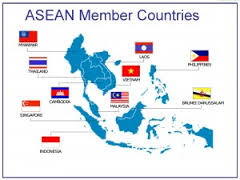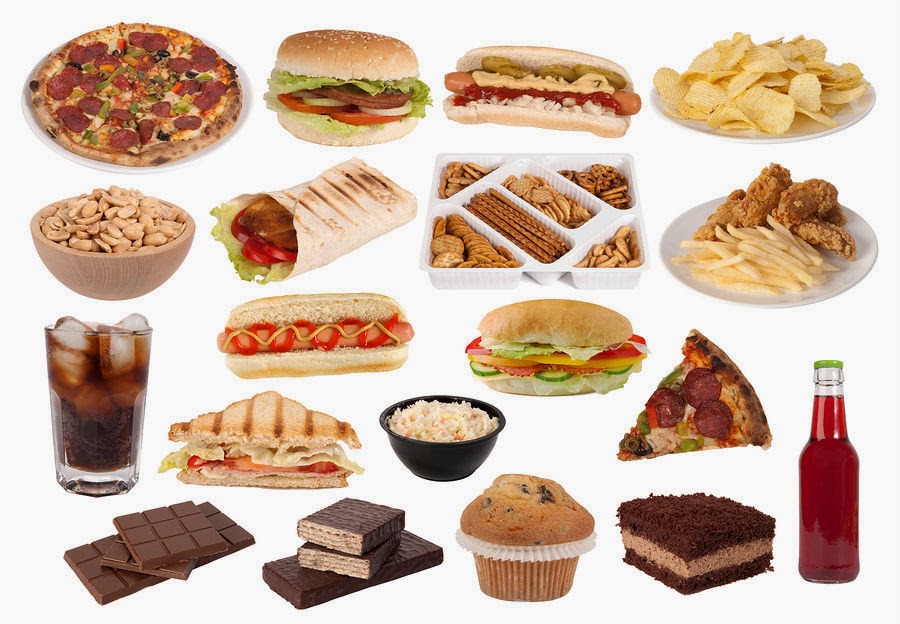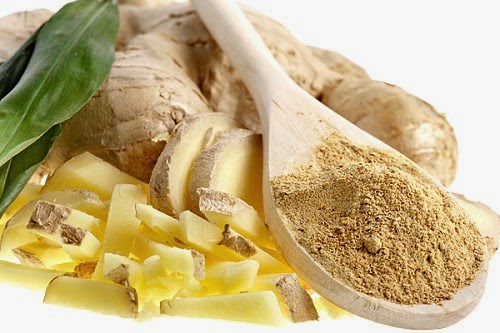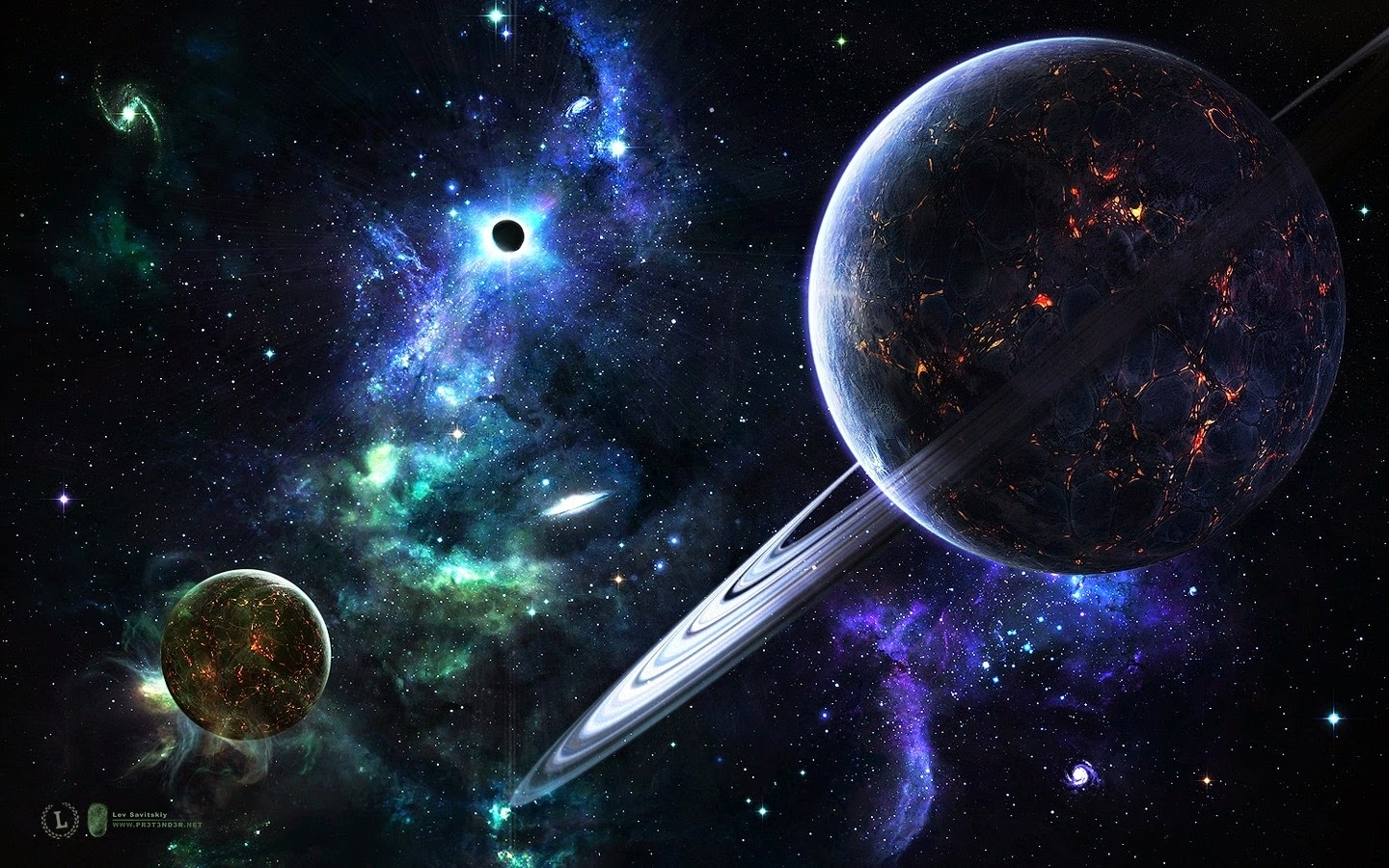The Association of Southeast Asian Nations is a political and economic cooperation and regional stability of ten countries located in Southeast Asia, which was formed on 8 August 1967 by Indonesia, Malaysia, the Philippines, Singapore and Thailand. Brunei joined in 1984, shortly after its independence from the United Kingdom, and Vietnam joined ASEAN as its seventh member in 1995. Laos and Burma were admitted into full membership in July 1997 as ASEAN celebrated its 30th anniversary. Cambodia became ASEAN’s tenth member in 1999.
Its aims include accelerating economic growth, social progress, and sociocultural evolution among its members, protection of regional peace and stability, and opportunities for member countries to discuss differences peacefully.
The ASEAN Declaration in 1967, considered ASEAN’s founding document, formalized the principles of peace and cooperation to which ASEAN is dedicated. The ASEAN Charter entered into force on 15 December 2008. The ASEAN Community is comprised of three pillars, the Political-Security Community, Economic Community and Socio-Cultural Community. Each pillar has its own Blueprint approved at the summit level, and, together with the Initiative for ASEAN Integration (IAI) Strategic Framework and IAI Work Plan Phase II, they form the Roadmap for and ASEAN Community.
ASEAN covers a land area which is 3% of the total land area of Earth, and has a population of approximately 8.8% of the world’s population. The sea area of ASEAN is about three times larger than its land counterpart. If ASEAN were a single entity, it would rank as the eighth largest economy in the world.
ASEAN was preceded by an organisation called the Association of Southeast Asia (ASA), an alliance consisting of the Philippines, Malaysia and Thailand that was formed in 1961. The bloc itself, however, was established on 8 August 1967, when foreign ministers of five countries – Indonesia, Malaysia, the Philippines, Singapore, and Thailand – met at the Thai Department of Foreign Affairs building in Bangkok and signed the ASEAN Declaration, more commonly known as the Bangkok Declaration.
The five foreign ministers – Adam Malik of Indonesia, Narciso Ramos of the Philippines, Abdul Razak of Malaysia, S. Rajaratnam of Singapore, and Thanat Khoman of Thailand – are considered the organisation’s Founding Fathers.
The motivations for the birth of ASEAN were so that its members’ governing elite could concentrate on nation building, the common fear of communism, reduced faith in or mistrust of external powers in the 1960s, and a desire for economic development.
ASEAN commands far greater influence on Asia-Pacific trade, political, and security issues than its members could achieve individually. This has driven ASEAN’s community building efforts. This work is based largely on consultation, consensus, and cooperation.






